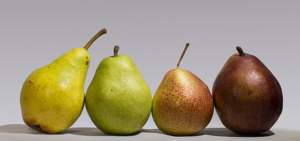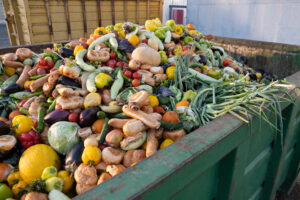
Kombucha is a lovely, fermented tea that I discovered a few years ago.
What initially drew me to it was, as the tea ferments, the cultures of bacteria create a drink rich in probiotics. The fermentation produces a slightly bubbly drink that with a sweet vinegary flavor that tastes better than I just described. I have even convinced the discerning palates of my children to drink it. Now, before you panic about what kind of mother I am, the fermentation produces trace amounts of alcohol. Therefore, this drink is a non-alcoholic beverage.
I was limiting myself by only purchasing a few bottles per week, since each bottle is around $3. The thought of brewing my own was a little intimidating. I was speaking with a friend who brews her own and she offered to give a “baby” from her “mother” to get me started. This way I could brew a gallon of Kombucha for about $1. First, I watched a video, as I am not an expert at this, and I wanted to learn from someone who knew firmly about this process.

I began by boiling 1 gallon of water with one cup of sugar. Once the water/sugar started to get tiny bubbles from the heat, I turned off the burner, put in 4 green tea bags and left it overnight. I covered it with lid and in the morning, I removed the tea bags and poured the tea into a two gallon jar. Next time, I will double my recipe since my jar can accommodate more. After letting it sit on my counter for a week, I decanted the tea into some bottles that I pulled out of my recycling and washed. I experimented with mixing with different juices, but my clear favorite is cranberry juice. Once I was satisfied with the flavor, I refrigerated the tea in the bottles, which stops the fermentation process. I left about 2 cups in with my “mother” and started brewing more tea. This way I will have a continuous batch going. I highly encourage you to take the endeavor of brewing your own Kombucha. It’s good stuff, if you use sanitary conditions and follow the recommendation of experts.
*Use this information at your own risk. Not responsible for any outcome on how this information is used.
More Stories
DIY Beauty: 5 Easy-to-Make Products for Your Holiday Gifts and Glow!
Photo: Personal Creations If you’re looking to get glowing this holiday season, there’s nothing better than a few handcrafted beauty...
Fresh From Your Kitchen: Solar Infused Rose Water Toner
You’ve heard of making sun tea, right? This is a fun spin on that concept. Ingredients: 8oz distilled water 2oz...
Hands Down The Best Laundry Soap Ever
Photo: Clarita I have tried several different powdered and liquid laundry detergents, and the outcome has been okay until this...
Fresh From Your Kitchen: Summertime Tea Skin Buff
An excellent emollient and exfoliate to buff your skin into shape for summer! Summertime tea skin buff combines the natural...
The Art of Eco-Friendly Gift Wrapping
You’ve selected the perfect eco-friendly gift and now you have to wrap with without creating a bunch of waste. When it...
Yummy Homemade Pumpkin Facial Smoothie
Have a pumpkin and not sure what you are going to do with it? Pumpkins are everywhere right now so...


